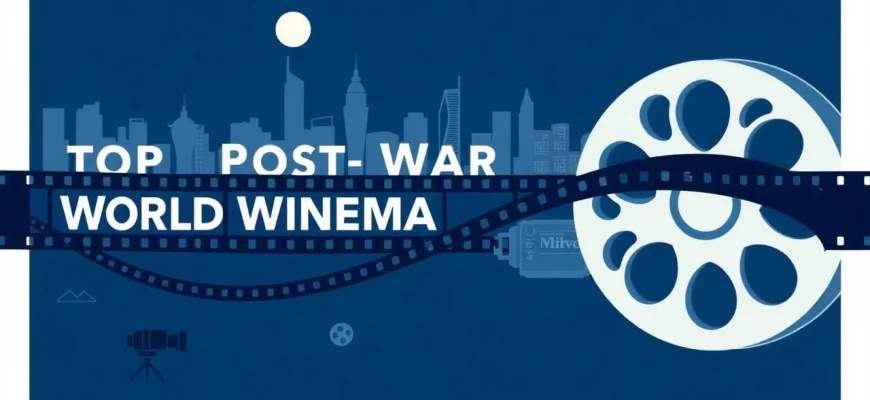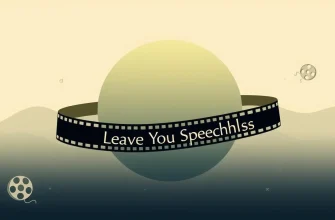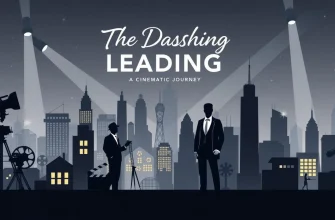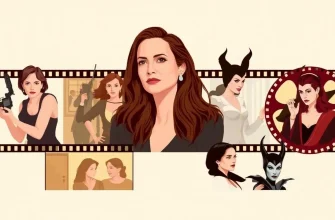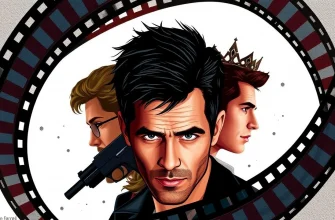The post-war era was a time of profound change and reflection, which was vividly captured in cinema. This curated list of 10 films from around the world showcases the best of post-war cinema, offering a window into the cultural, social, and political landscapes of the time. These films are not only cinematic gems but also provide a rich tapestry of human experiences, making them invaluable for film enthusiasts and historians alike.
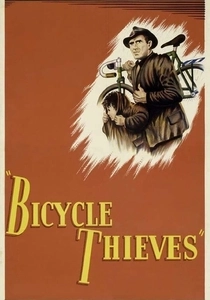
The Bicycle Thief (1948)
Description: Vittorio De Sica's neorealist film follows a father and son's desperate search for a stolen bicycle, symbolizing the economic and emotional struggles of post-war Italy.
Fact: It was nominated for an Academy Award for Best Writing, Story and Screenplay, and is often listed among the greatest films ever made.
 Watch Now
Watch Now 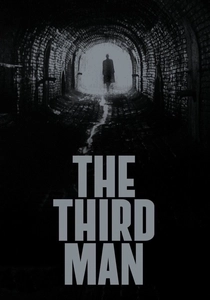
The Third Man (1949)
Description: Carol Reed's noir thriller set in post-war Vienna, famous for its zither score and the iconic chase through the sewers.
Fact: Orson Welles, who played Harry Lime, contributed significantly to the script, including the famous "cuckoo clock" speech.
 Watch Now
Watch Now 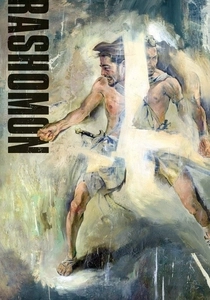
Rashomon (1950)
Description: Akira Kurosawa's masterpiece explores the nature of truth through the retelling of a crime from multiple perspectives, highlighting the subjective nature of reality.
Fact: The film won the Golden Lion at the Venice Film Festival in 1951, marking a significant moment for Japanese cinema on the world stage.
 Watch Now
Watch Now 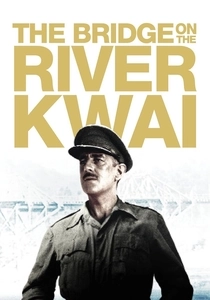
The Bridge on the River Kwai (1957)
Description: David Lean's epic war film about British POWs forced to build a railway bridge for their Japanese captors, exploring themes of duty, honor, and madness.
Fact: The film won seven Academy Awards, including Best Picture, and its theme song became a worldwide hit.
 Watch Now
Watch Now 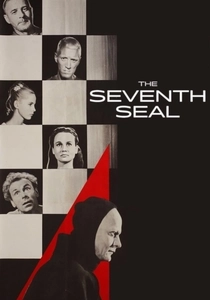
The Seventh Seal (1957)
Description: Ingmar Bergman's allegorical tale of a knight playing chess with Death during the Black Death, reflecting on existential themes and the human condition.
Fact: The film's iconic chess scene has become one of the most recognized images in cinema history.
 Watch Now
Watch Now 
Hiroshima mon amour (1959)
Description: Alain Resnais' film intertwines the personal and the political, focusing on a French actress and a Japanese architect discussing love and memory in post-war Hiroshima.
Fact: The film was one of the first to deal with the aftermath of the atomic bombing of Hiroshima.
 Watch Now
Watch Now 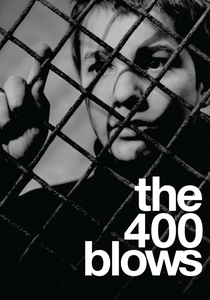
The 400 Blows (1959)
Description: François Truffaut's semi-autobiographical film about a misunderstood adolescent, marking the beginning of the French New Wave.
Fact: The film's ending, with the freeze-frame of the protagonist looking at the camera, became an iconic moment in film history.
 Watch Now
Watch Now 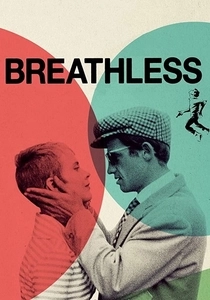
Breathless (1960)
Description: Jean-Luc Godard's debut feature revolutionized cinema with its jump cuts and free narrative style, capturing the spirit of the French New Wave.
Fact: The film was shot without a script, with Godard writing scenes the night before shooting.
 Watch Now
Watch Now 
La Dolce Vita (1960)
Description: Federico Fellini's epic satire on the moral decay of Rome's high society, featuring iconic scenes like the Trevi Fountain sequence.
Fact: The term "paparazzi" was coined from a character in this film, a photographer named Paparazzo.
 30 Days Free
30 Days Free 
8½ (1963)
Description: Another Fellini masterpiece, this film delves into the creative crisis of a film director, blending reality with dreamlike sequences.
Fact: The film's title refers to the number of films Fellini had directed up to that point, counting his short films.
 30 Days Free
30 Days Free 
